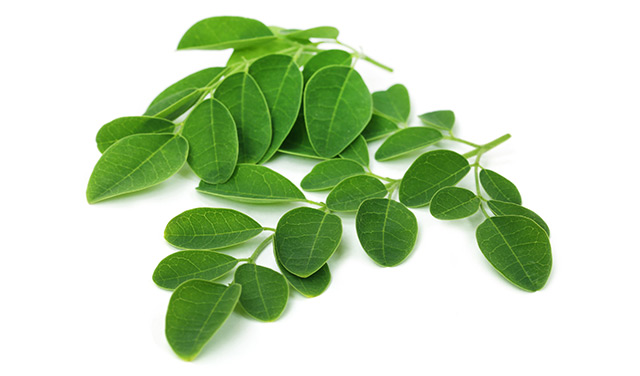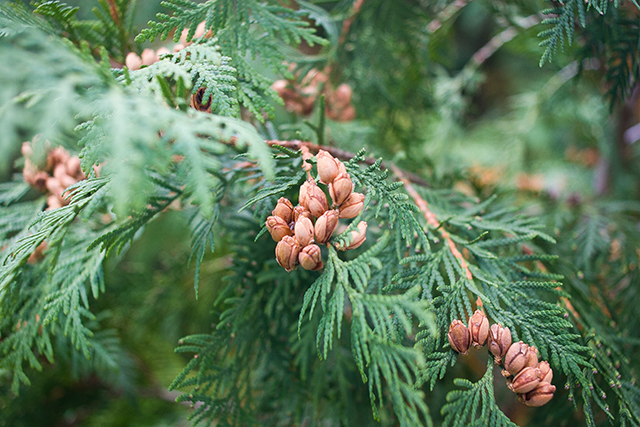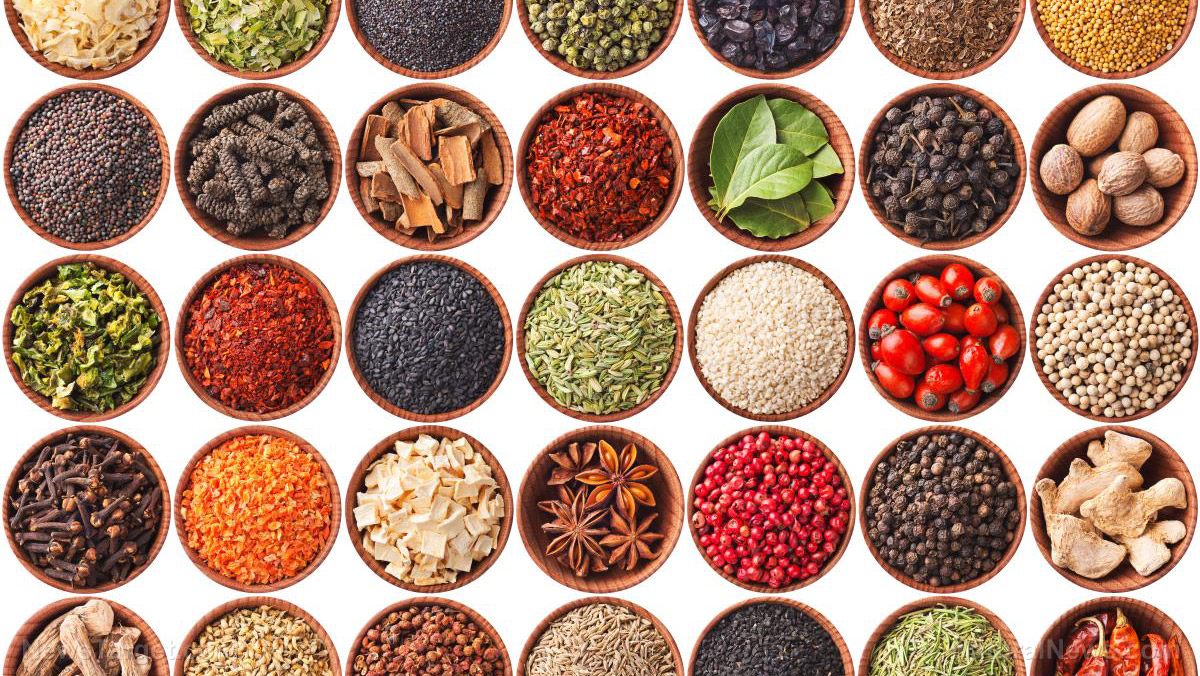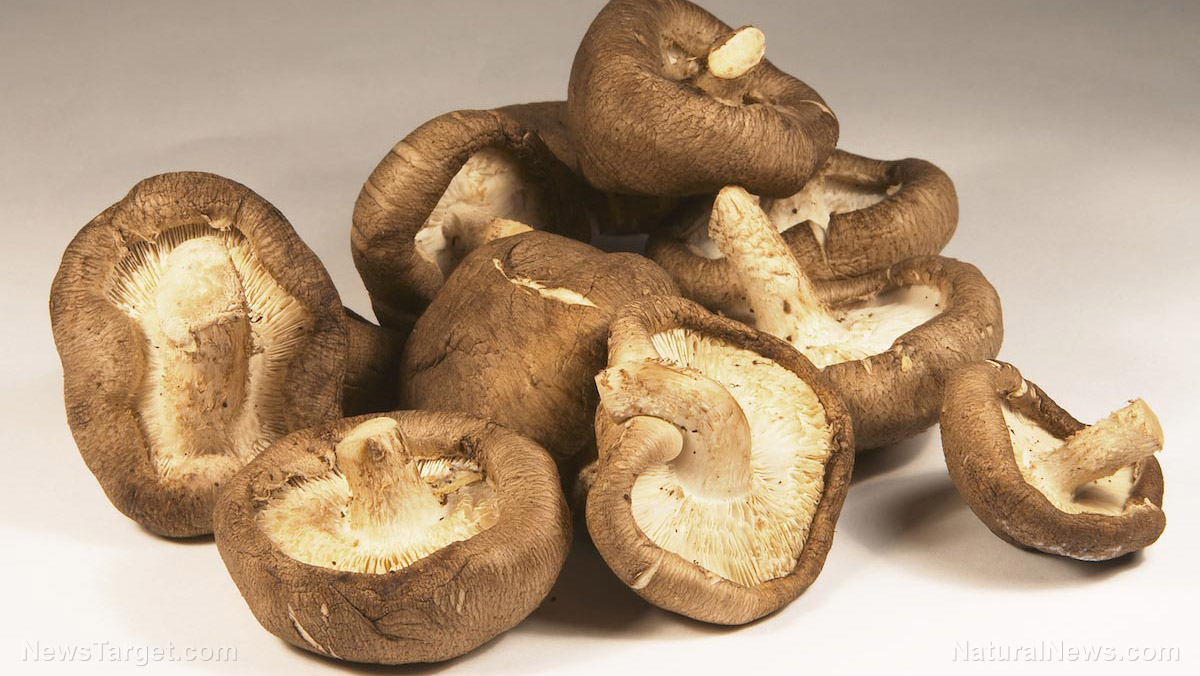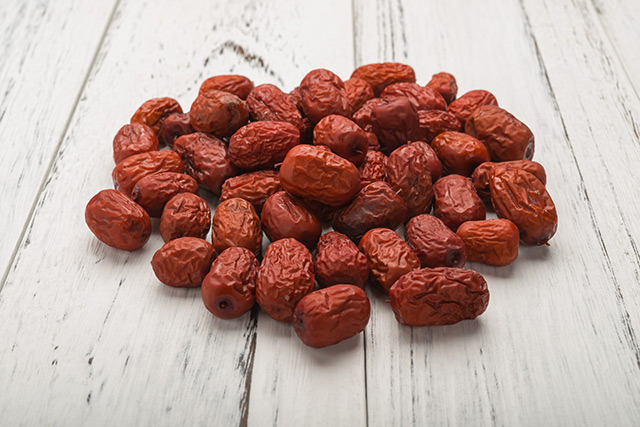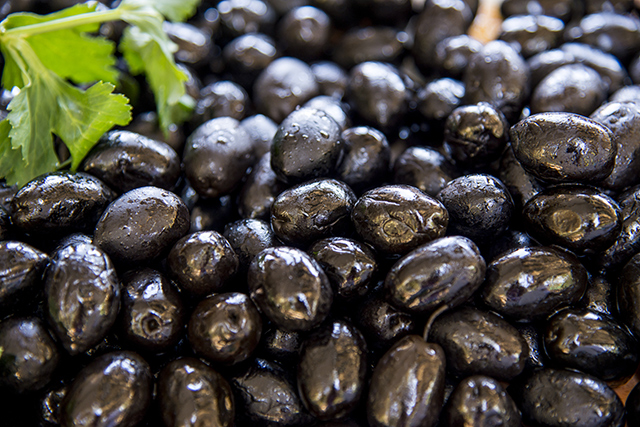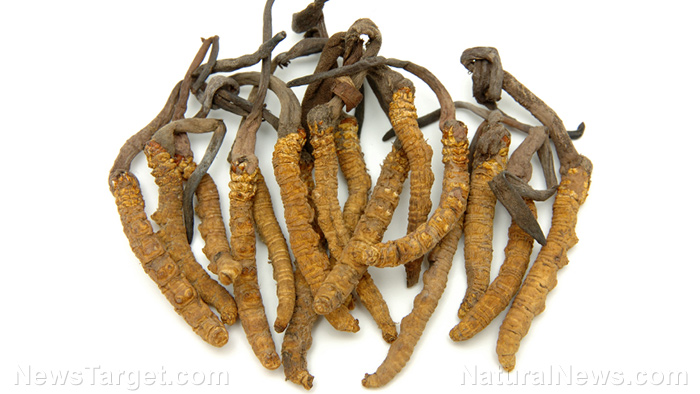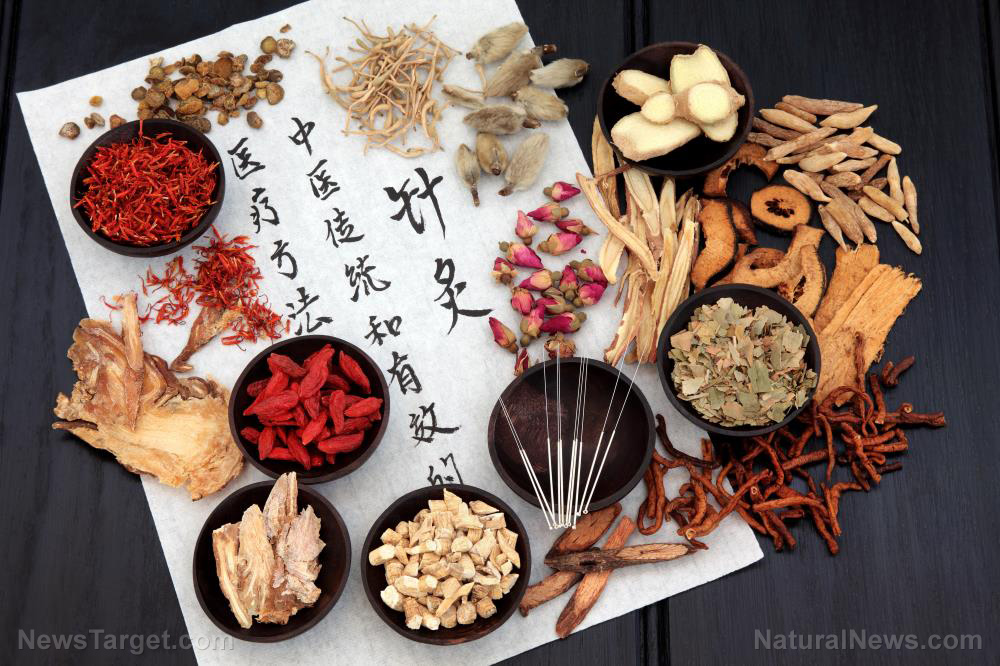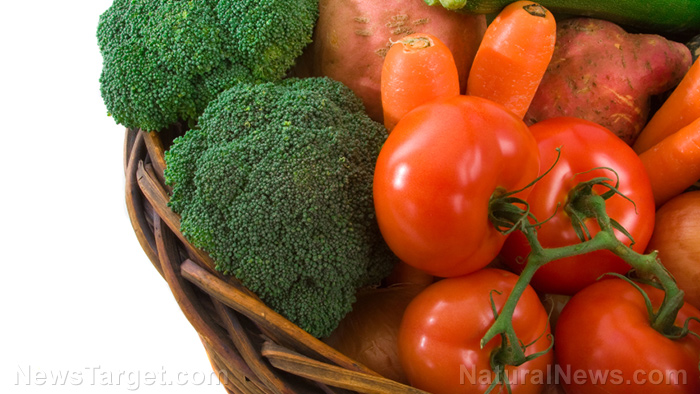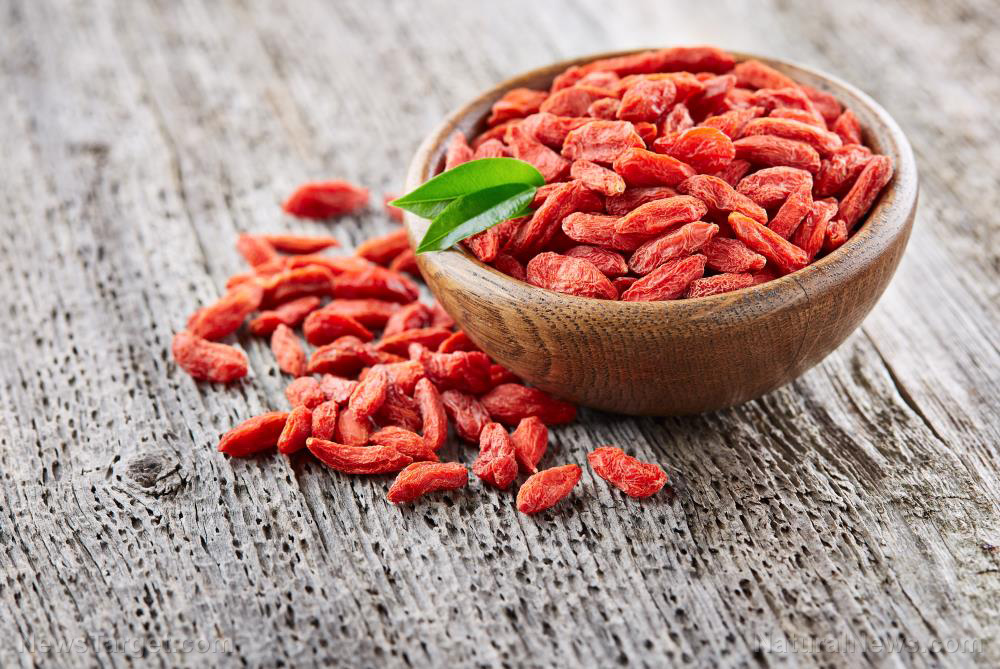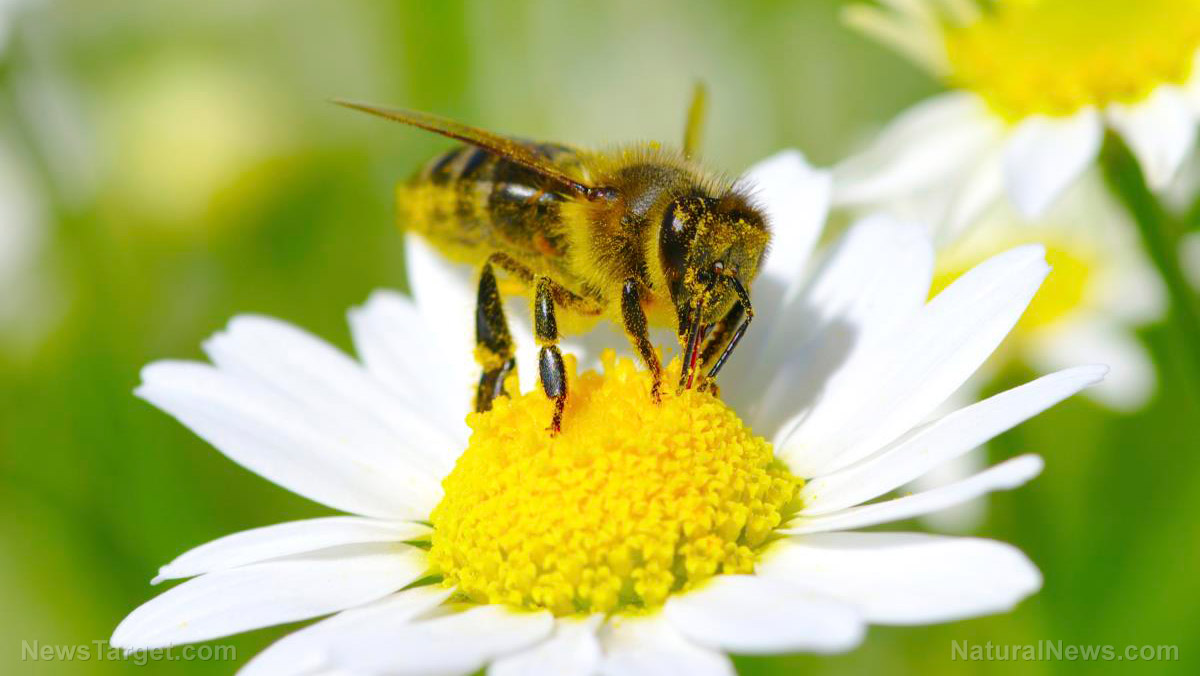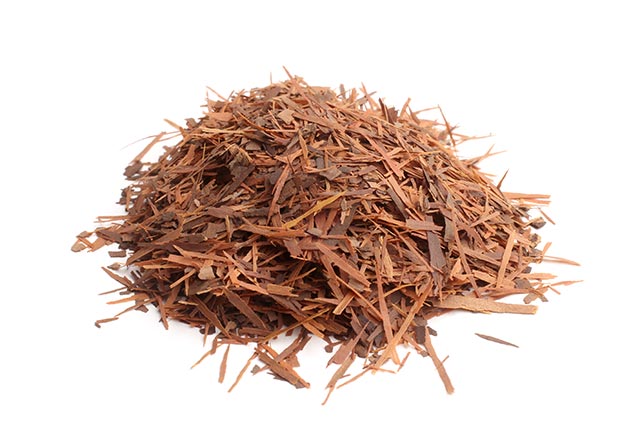Scientists study west tropical African plant as a potential remedy for diabetes
09/11/2018 / By Michelle Simmons

In traditional medicine, the jumping seed tree (Sapium ellipticum), a plant widely found in eastern and tropical Africa, is used to treat diabetes naturally. A study in the journal BMC Complementary and Alternative Medicine sought to verify that claim by evaluating the anti-diabetic potential of the plant’s leaf extract.
For the study, researchers from the Federal University of Agriculture, Abeokuta in Nigeria looked at the antidiabetic potential of the leaf extract of jumping seed tree in streptozotocin (STZ)-induced diabetes mouse model. Then, they treated the mice with the leaf extract of jumping seed tree or metformin. The treatments were orally given twice every day at an eight-hour interval for a period of 21 days. They evaluated the leaf extract of jumping seed tree, then compared its effects against metformin.
Based on the results, the jumping seed leaf extract significantly decreased fasting blood glucose, although the effects were significantly lower than metformin’s effects. In addition, the herbal extract increased the hepatic and skeletal muscle glucogens and improved plasma and pancreatic insulin contents in diabetic mice. Moreover, unlike the metformin group, mice treated with jumping seed leaf extract also experienced beta cell regeneration in the pancreas, which plays a role in the treatment of diabetes.
The researchers suggested that the antidiabetic effects of the jumping seed leaf extract may be attributed to its phenolic compounds amentoflavone, lupeol, and luteolin-7-O-glucoside. Thus, the findings of the study provide scientific evidence in the traditional use of jumping seed tree as a treatment for diabetes.
The researchers concluded that jumping seed leaf extract can potentially be used in diabetes treatment, supporting its use in folk medicine for the treatment of diabetes and other oxidative stress-related diseases. (Related: Food science: Indian herbs found to have profound protective effects against diabetes and Alzheimer’s.)
Other herbal remedies for diabetes
There are other herbal remedies that have shown promise in improving diabetes by reducing blood sugar, increasing insulin sensitivity, lowering high blood pressure and cholesterol, and more. Here are some of them:
- Bilberry: Bilberry, a relative of blueberry, contains strong antioxidants in its fruits and leaves called anthocyanidins. These antioxidants help prevent damage to small blood vessels that can lead to nerve pain and retinopathy. Animal studies have also proposed that bilberry may reduce blood sugar.
- Bitter melon: Bitter melon is mainly used for lowering blood sugar. It is believed that this plant help cells utilize glucose more efficiently and prevent sugar absorption in the intestine.
- Fenugreek: Fenugreek seeds, which are commonly used in Indian cuisine, have been revealed to lower blood sugar, increase insulin sensitivity, and lower cholesterol levels. These may be partly due to the high fiber content of the seeds. The seeds also contain an amino acid that seems to enhance the release of insulin.
- Ginseng: This Chinese herb is known for its immune-boosting and disease-fighting benefits. In diabetes, ginseng has been found to slow carbohydrate absorption, increase glucose usage of cells, and increase insulin secretion from the pancreas.
- Gymnema sylvestre: G. sylvestre is considered as one of the most potent herbs for regulating blood sugar. It may increase the activity of enzymes that help cells use glucose or promote the production of insulin.
- Prickly pear cactus: Prickly pear cactus helps improve diabetes mainly by lowering blood sugar levels. According to some studies, the ripe fruit of this cactus can lower blood sugar levels. Researchers believe that the fruit may potentially reduce blood sugar because it contains compounds that work similarly to insulin. As a food, aim to eat half a cup of cooked cactus fruit a day.
Read more news stories and studies on natural remedies for diabetes by going to DiabetesScienceNews.com.
Sources include:
Tagged Under: alternative medicine, diabetes, diabetes remedy, Diabetes treatment, herbal medicine, Herbs, jumping seed leaf extract, jumping seed tree, natural cures, natural healing, natural medicine, natural remedies

